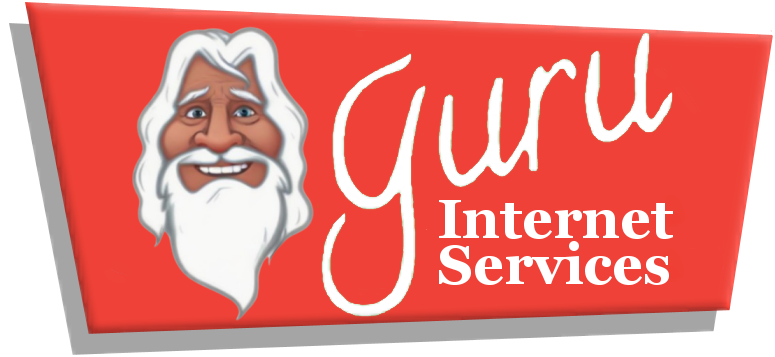
Social Harmony: A Beginner’s Guide to Integrating Social Media with WordPress
In the interconnected world of the internet, weaving social media seamlessly into your WordPress presence is a key strategy for expanding reach and engagement. This guide is tailored for beginners, providing step-by-step instructions on how to integrate social media with your WordPress website for a harmonious online presence.
Step 1: Choosing the Right Social Media Platforms
Identifying Your Audience:
- Understand your target audience to determine which social media platforms are most relevant to your content and goals.
Popular Integration Platforms:
- Explore the popular social media platforms for integration, including Facebook, Twitter, Instagram, LinkedIn, and Pinterest.
Step 2: Setting Up Social Media Accounts
Creating Social Media Profiles:
- Walk through the process of creating profiles on chosen social media platforms if you haven’t already.
Securing API Keys:
- Obtain API keys or access tokens required for integrating social media features into your WordPress website.
Step 3: Adding Social Media Icons to Your WordPress Website
Using Plugins for Social Icons:
- Introduce and install plugins that make adding social media icons to your website simple and visually appealing.
Customizing Icon Placement:
- Guide users on customizing the placement of social media icons, considering strategic locations such as headers, footers, or sidebars.
Step 4: Embedding Social Media Feeds
Choosing Feed Display Plugins:
- Explore plugins that enable the embedding of social media feeds directly into your WordPress pages or posts.
Customizing Feed Appearance:
- Walk through customization options for the appearance of embedded social media feeds to match your website’s design.
Step 5: Enabling Social Sharing Buttons
Installing Social Sharing Plugins:
- Introduce plugins that facilitate the inclusion of social sharing buttons on your blog posts and pages.
Configuring Sharing Options:
- Guide users on configuring social sharing options, allowing visitors to easily share your content across various social media platforms.
Step 6: Automating Social Media Posting
Utilizing Social Media Scheduling Tools:
- Integrate scheduling tools to automate the posting of your WordPress content on social media platforms.
Cross-Posting Strategies:
- Share best practices for cross-posting, ensuring consistency and maximizing content visibility across social media channels.
Step 7: Encouraging User Engagement
Adding Social Media Widgets:
- Introduce widgets that encourage users to engage with your social media profiles directly from your WordPress website.
Creating Call-to-Action (CTA) Buttons:
- Guide users on implementing CTA buttons that prompt visitors to follow, share, or engage with your social media content.
Conclusion:
Congratulations! By following this beginner’s guide, you’ve successfully integrated social media with your WordPress website. The seamless connection between your website and social platforms will not only enhance your online presence but also foster engagement and community building. As you continue to create and share content, this integration will play a pivotal role in amplifying your voice and expanding your reach across the vast landscape of social media. Happy connecting!
If you are one of our clients and need help with this, please go to the support page and let us know.

